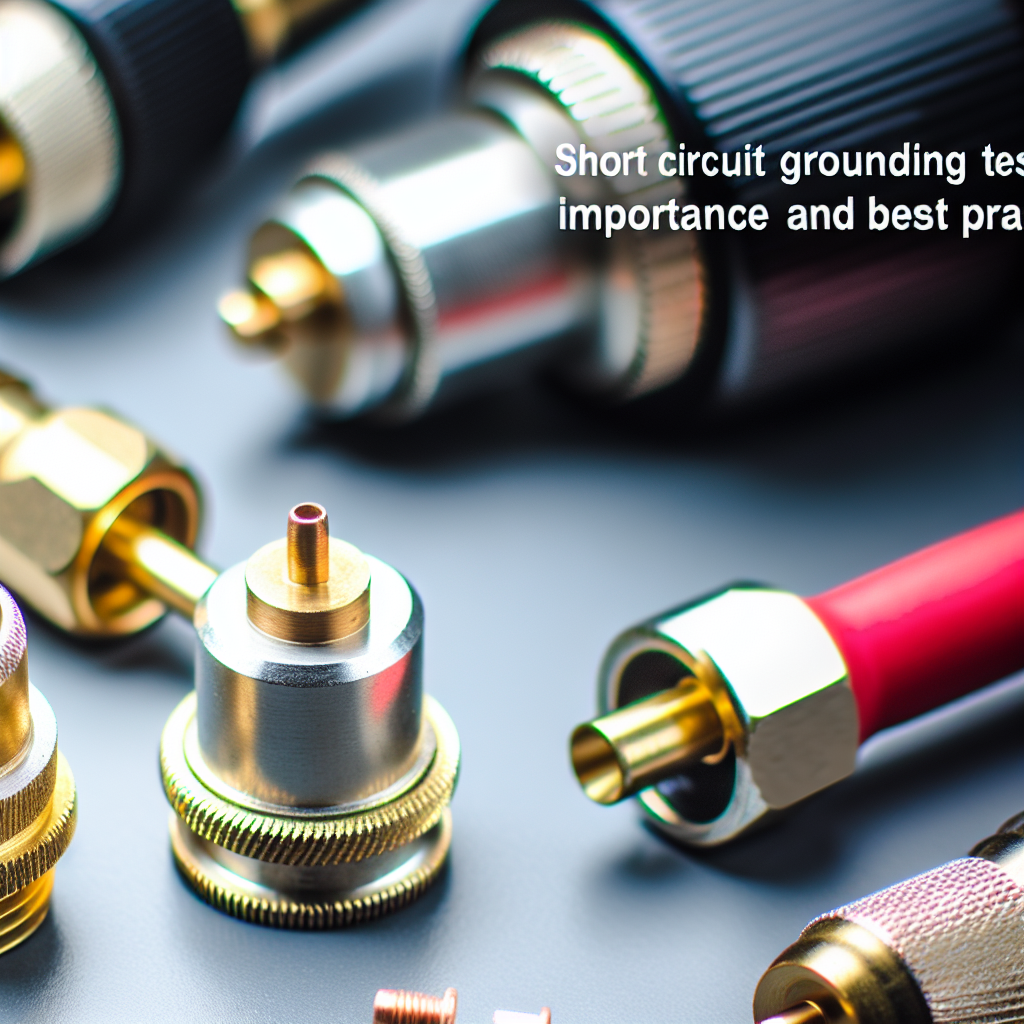Understanding the **Short Circuit Grounding Test** is essential for maintaining electrical safety and ensuring system reliability. This test helps identify grounding issues that could lead to equipment failure or hazards. In this article, we will explore the significance of this test, how it is performed, and best practices to ensure accurate results and safety compliance.
Understanding the Importance and Procedure of Short Circuit Grounding Test
The **short circuit grounding test** is a critical diagnostic procedure used to evaluate the grounding integrity of electrical systems, particularly in high-voltage and industrial applications. Proper grounding ensures that in the event of a fault, excess current safely transfers to the ground, preventing equipment damage and reducing risk of electric shocks. During the test, a short circuit fault is intentionally simulated to assess how effectively the system’s grounding protects the infrastructure and personnel.
Key Steps and Best Practices in Performing a Short Circuit Grounding Test
The process involves several important steps designed to ensure safety, accuracy, and compliance with electrical standards:
- Preliminary Inspection: Verify all system connections, grounding points, and ensure that protective devices like circuit breakers are properly rated and functional.
- Setup of Test Equipment: Use specialized testing instruments such as ground resistance testers, oscilloscopes, and clamp meters to measure ground resistance and current flow during the test.
- Applying the Short Circuit: A controlled short circuit is created between the conductors, simulating a fault. The test must be performed with caution, often during designated testing windows, to avoid accidental shocks or damage.
- Measuring and Recording Data: During the fault simulation, record the ground resistance levels and current flow. These readings indicate the effectiveness of the grounding system.
- Analysis and Evaluation: Compare the measurements against acceptable standards. Typically, grounding resistance should be below a specific threshold (often 1 ohm) to ensure safety and proper operation.
Adhering to safety protocols, such as wearing protective gear and de-energizing systems when necessary, is paramount. Additionally, calibration of testing instruments and adherence to manufacturer and industry standards (like IEEE or IEC guidelines) are essential for obtaining reliable results.
In Conclusion
The **Short Circuit Grounding Test** is a vital procedure for ensuring electrical safety, system integrity, and compliance with industry standards. By carefully executing the testing steps—preliminary inspections, controlled fault simulations, and accurate data analysis—electricians can identify grounding issues before they escalate into serious hazards. Regular testing and maintenance safeguard personnel and equipment, reinforcing the importance of this critical diagnostic process.
